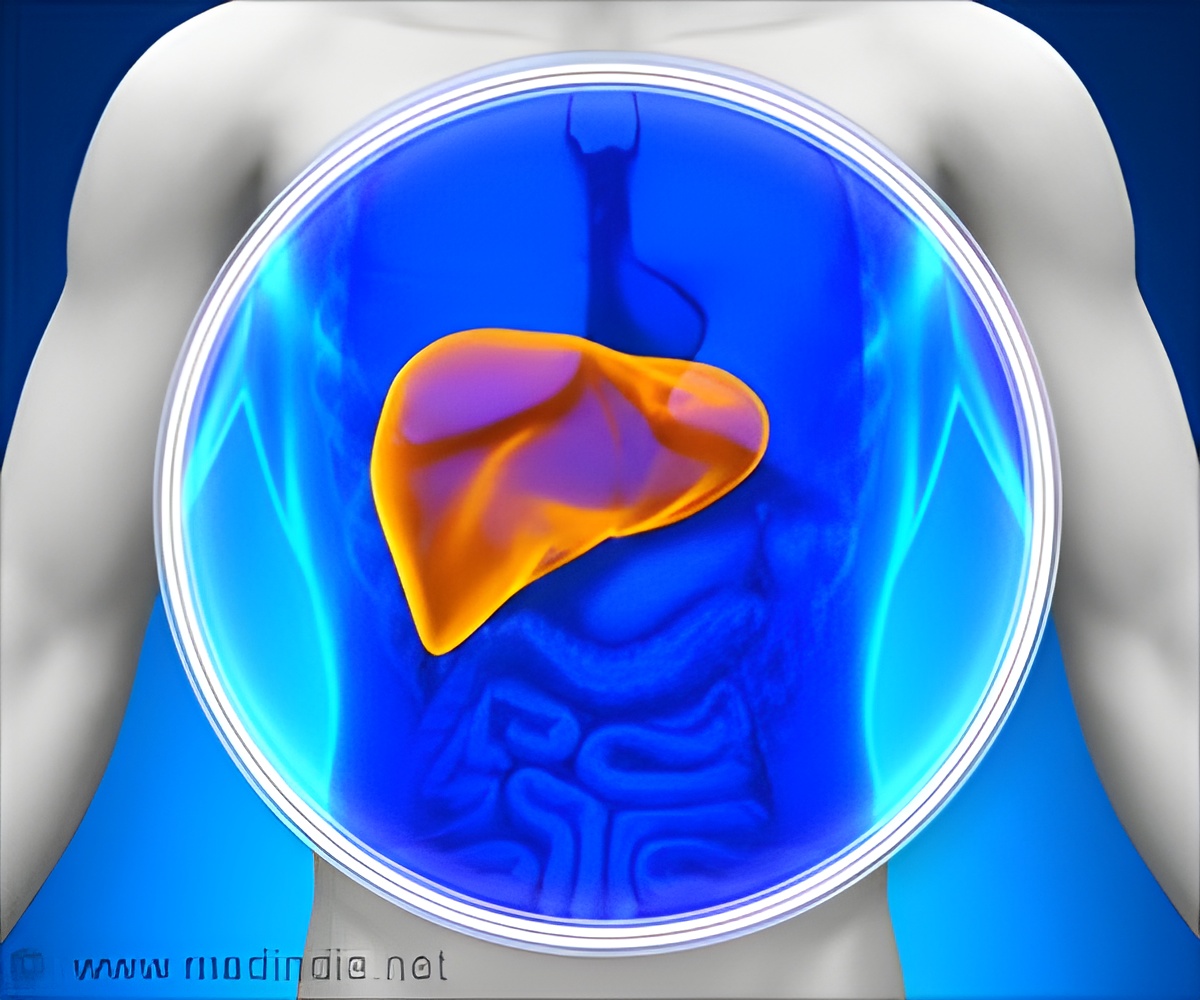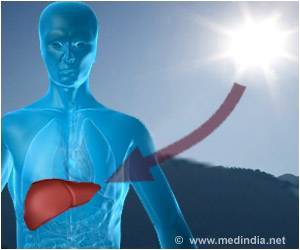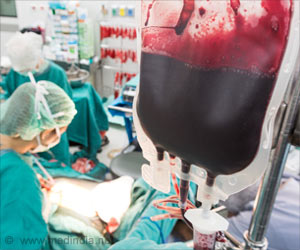Scientists at the Children's Medical Center Research Institute at UT Southwestern reported that inactivating a protein-coding gene promotes liver tissue regeneration.

‘Inactivating a certain protein-coding gene, called ARID1A, promotes liver tissue regeneration in mammals, revealed scientists.’





"This research gives us ideas about new ways to treat liver damage or chronic liver disease," said senior author Dr. Hao Zhu, an Assistant Professor at CRI with joint appointments in Internal Medicine and Pediatrics at UT Southwestern Medical Center. The study was published this week in the journal Cell Stem Cell. Following repeated injuries, cirrhosis or scar tissue forms, greatly increasing the risk of cancer, said Dr. Zhu, who also treats liver cancer patients at Parkland Memorial Hospital. The Zhu laboratory studies both regeneration, when cells proliferate to repair an organ, and cancer, when cells proliferate out of control.
The National Cancer Institute (NCI) reports that liver cancer deaths increased at the highest rate of all common cancers from 2003-2012. In addition to cirrhosis, risk factors for liver cancer include infections caused by the hepatitis C virus (HCV), liver damage from alcohol or other toxins, chronic liver disease, and certain rare genetic disorders.
Dr. Zhu began his investigation by studying a mouse that lacked Arid1a, the mouse version of a gene associated with some human cancers.
"In humans, the gene ARID1A is mutated in several cancers, including liver cancer, pancreatic cancer, breast cancer, endometrial cancer, lung cancer, the list goes on," Dr. Zhu said. "It is not mutated in every type of cancer, but in a significant number. Those mutations are found in 10-20% of all cancers, and the mutations render the gene inactive."
Advertisement
"The livers were resistant to tissue damage and healed better, which are two good things - like playing offense and defense at the same time," he said. "These results opened up a whole new avenue of investigation for us, and through that investigation we found a new function for this gene."
Advertisement
No drugs are currently available to mimic a lack of this protein, although the researchers are using a grant from the Cancer Prevention and Research Institute of Texas (CPRIT) to search for one.
"We want to identify small molecules that mimic the effect of these genetic findings. The ideal drug would be one that helps the liver heal while inhibiting the development of cancer. That would be the perfect drug for my patients," said Dr. Zhu, a CPRIT Scholar in Cancer Research.
Dr. Zhu said loss of the gene and the protein it expresses may accelerate regeneration by reorganizing how genes are packaged in the genome so that the cells can more easily switch back and forth toward a more regenerative state, sort of like a toggle switch.
"Somehow, loss of this gene seems to make it easier for the cell to go back and forth," he said. "This study opens up new areas to investigate how to rejuvenate tissues without necessarily increasing cancer risk, although many more tests will have to be done to determine how the risk of all types of liver cancers are altered."
Source-Eurekalert















